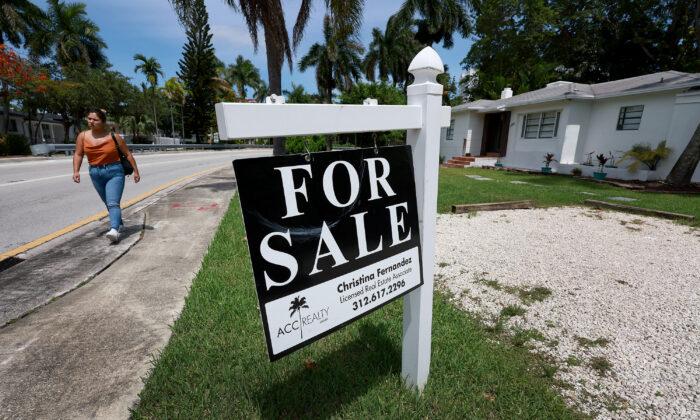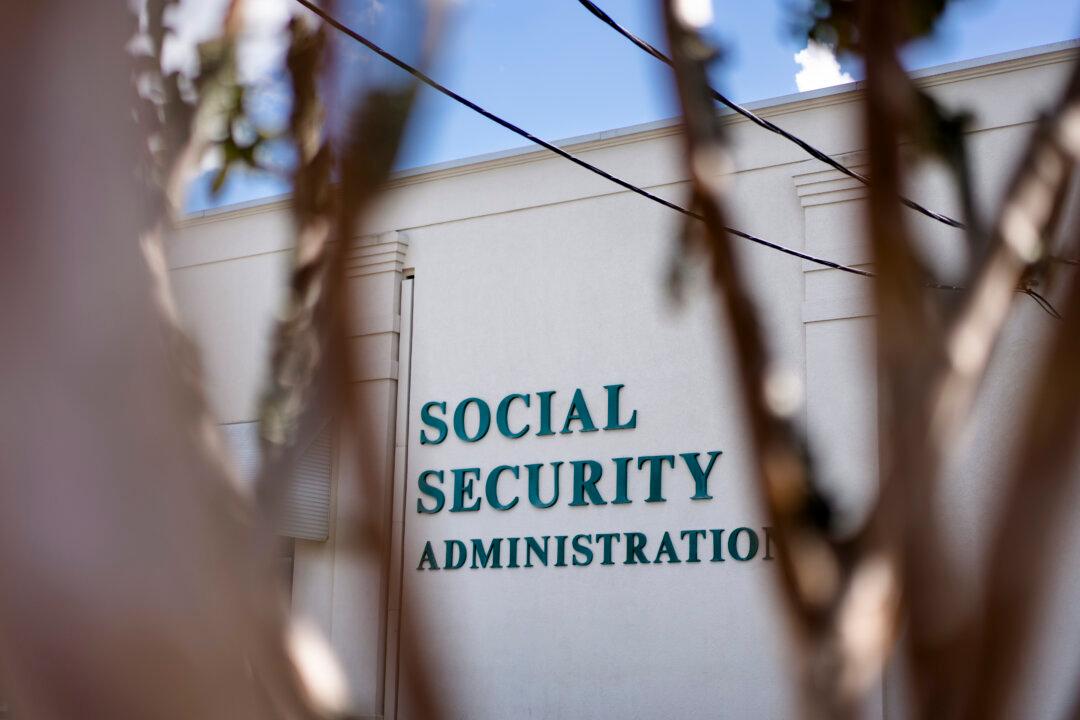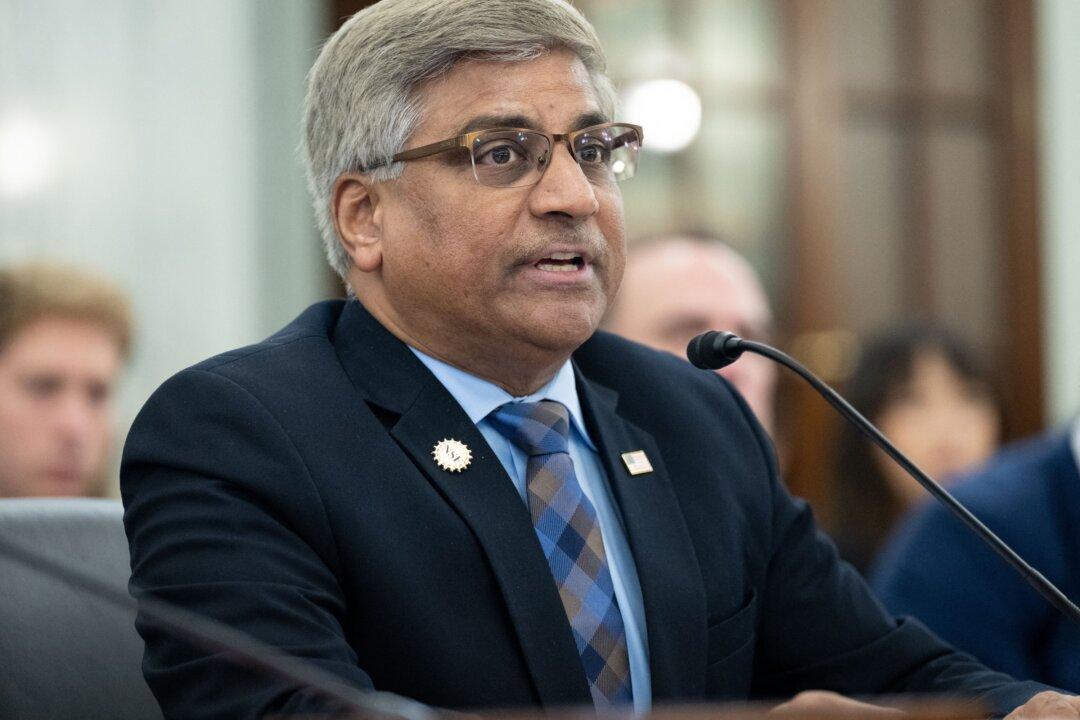U.S. home prices decelerated at a record pace in July, despite remaining elevated compared to a year back, according to S&P Dow Jones Indices.
The 10-City Composite registered a growth of 14.9 percent in July, down from the 17.4 percent gain in June. The 20-City Composite posted an increase of 16.1 percent in July, which is less than the 18.7 percent growth in the previous month.
According to the S&P report, the highest year-over-year gains in July among 20 cities were seen in the Florida cities of Tampa and Miami, and in Dallas, Texas.
While Tampa saw a 31.8 percent increase in prices, Miami registered a gain of 31.7 percent, and Dallas was third, with home prices rising by 24.7 percent. Compared to June 2022, price increases in all 20 cities for the year ended July 2022 were lower.
High Mortgage Rates
Elevated mortgage rates are one of the main reasons for cooling down in the housing market. According to data from Freddie Mac, the average rate for a 30-year fixed-rate mortgage was 6.29 percent for the week ended Sept. 22, which is more than double the 2.88 percent a year back.Mortgage rates started climbing swiftly after the Federal Reserve began to raise its benchmark interest rate this year.
In February, the federal funds rate was just at 0.8 percent, which has now risen to a range between 3.0 percent and 3.25 percent. On Feb. 2, the average rate for a 30-year fixed-rate mortgage was only 3.55 percent.
Members of the Fed’s policy-making arm, the Federal Open Market Committee (FOMC), are expecting interest rates to rise to 4.6 percent by the end of next year.





